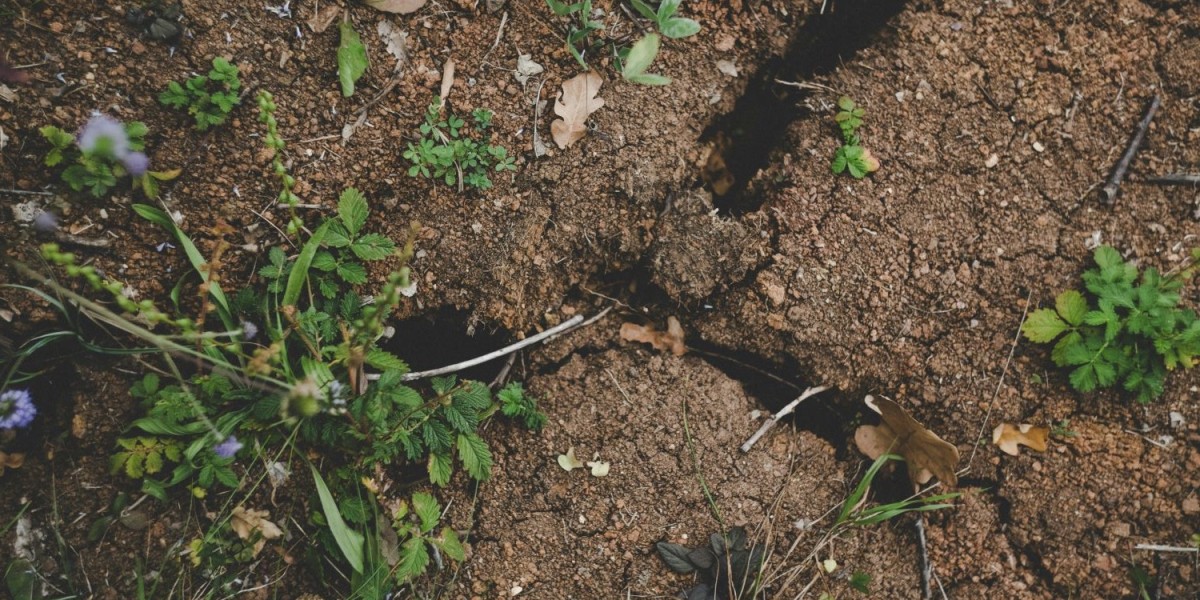Understanding Seasonal Planting Cycles
Seasonal planting cycles are determined by temperature, sunlight, and other climatic factors. Each crop has an optimal growing season, and selecting seeds suited to these conditions is essential for healthy growth and high yields. For example, cool-season crops thrive in early spring and fall, while warm-season crops require summer heat to flourish.
When farmers shop seed varieties, they must consider not only the crop type but also the timing of planting and the specific growing conditions of their region.
The Four Main Planting Seasons:
Spring: A time for planting cool-season vegetables like peas, lettuce, and spinach.
Summer: Best for warm-season crops such as tomatoes, peppers, and melons.
Fall: An excellent season for planting hardy vegetables like broccoli, kale, and cabbage.
Winter: Some crops like garlic and onions can be planted in late fall or early winter in regions with mild winters.
Understanding these seasonal cycles allows farmers to plan their planting schedules efficiently, ensuring they make the most of each growing season.
Spring: Choosing Seeds for the Early Growing Season
Spring is when the soil begins to warm, and days lengthen, offering the perfect conditions for cool-season crops. These crops generally thrive in temperatures between 55°F and 75°F and are often more frost-tolerant than warm-season crops. Farmers must focus on crops that can germinate quickly in cooler soil temperatures and are not too sensitive to early spring frosts.
Best Crops for Spring Planting
Lettuce and Spinach: These leafy greens thrive in the mild temperatures of spring and can be planted as soon as the soil can be worked.
Peas: Snap and garden peas are well-suited to early spring planting, as they are frost-tolerant and proliferate in cooler weather.
Radishes: Known for their fast growth, radishes can be harvested within just a few weeks of planting, making them an excellent choice for spring.
Tip: For farmers looking to extend their growing season, consider planting under row covers or using cold frames to protect early spring crops from unexpected frosts.
Summer: Selecting Heat-Tolerant Seeds
Summer is the primary growing season for warm-season crops, which require high temperatures and long days of sunlight to produce strong yields. These crops are often frost-sensitive and should be planted only after the threat of frost has passed, and the soil has warmed to at least 60°F.
Best Crops for Summer Planting
Tomatoes: A summer staple, tomatoes thrive in hot weather and are known for their high yield when planted in full sun.
Corn requires warm soil and ample space, making it ideal for summer planting when temperatures are consistently above 70°F.
Squash and Zucchini: These fast-growing crops perform well in the summer heat and can be produced abundantly when properly watered and cared for.
Summer crops often require more water than cool-season plants, so farmers should ensure adequate irrigation systems, especially in drought-prone regions.
Buy disease-resistant seeds for summer planting, particularly for crops like tomatoes and squash, which are prone to blight and mildew during the hot and humid months.
Fall: Preparing for the Second Growing Season
Fall offers another excellent opportunity for growing crops, particularly those that prefer cooler temperatures and shorter days. Many cool-season crops planted in spring can also be planted in the fall, but the key is timing. Seeds should be planted early enough to allow total growth before the first frost but late enough to avoid the summer heat.
Best Crops for Fall Planting
Broccoli and Cabbage: These cold-hardy vegetables perform well in cooler temperatures and can often withstand light frosts.
Carrots: Carrots thrive in the cooler temperatures of fall and often develop sweeter flavors when grown in autumn.
Kale: A highly nutritious leafy green, kale can grow even after light frosts, making it a perfect crop for the fall season.
Tip: Fall planting often requires quicker action since crops need to mature before the first hard frost. Farmers should pay attention to their local frost dates and plan accordingly.
Winter: Growing in Mild Climates
In regions with mild winters, such as parts of the southern United States and the Mediterranean, certain crops can be planted in the late fall and continue growing throughout the winter. These crops typically prefer cooler temperatures but do not tolerate hard freezes.
Best Crops for Winter Planting
Garlic: Garlic is often planted in late fall and overwinters in the soil, growing slowly through the cold months before being harvested the following summer.
Onions: Onions can be planted in late fall in mild climates and will continue to grow through the winter.
Winter Greens (e.g., Spinach, Mustard Greens): These crops grow well in cool weather and can be planted in fall to provide harvests throughout the winter.
Even in cold climates, winter planting is possible using season-extension techniques like greenhouses or high tunnels, allowing farmers to grow crops year-round.
Factors to Consider When Selecting Seeds
Farmers must consider several key factors influencing crop success when selecting seeds for any season.
1. Climate and Region
Understanding your local climate is crucial for selecting the best seeds. Some seed varieties are bred specifically for specific regions, with tolerance to local temperature extremes, humidity levels, or drought conditions. For example, certain tomato varieties are designed to thrive in the dry, hot summers of the Southwest, while others are bred for more excellent, wetter climates in the Pacific Northwest.
2. Soil Type and Quality
Different crops thrive in different soil conditions. For example, root vegetables like carrots and radishes prefer loose, well-drained soil, while crops like rice require heavier, water-retaining soils. Before selecting seeds, farmers should test their soil to determine pH, nutrient content, and structure. They can choose seeds well-suited to their soil type based on the results.
3. Crop Rotation and Soil Health
Crop rotation is essential for maintaining soil health and reducing the risk of pest and disease buildup. When selecting seeds for each season, farmers should plan their crop rotations carefully, alternating between crops that require different nutrients. For instance, planting nitrogen-fixing crops like beans after heavy-feeding crops like corn can help restore soil fertility.
"Seed selection is the foundation of a productive harvest. By aligning seed choices with the growing season, climate, and soil health, farmers set the stage for success."
Experimenting with New Varieties
While sticking to tried-and-true varieties is essential, experimenting with new seed varieties can benefit farmers. Many seed companies offer new hybrids or open-pollinated varieties designed to thrive under specific conditions, such as drought resistance or enhanced disease protection. Trying out new varieties in small farm sections can help farmers discover seeds that may improve future yields.
Tip: Farmers can experiment with a few new seed varieties each season to diversify crops and identify what works best for their conditions.
A Season-by-Season Approach to Success
Farmers who buy seeds with a focus on seasonal adaptation, soil health, and crop rotation can maximize their yields and ensure the long-term sustainability of their land. By selecting the right seeds for every season, farmers can create a continuous cycle of productivity, ensuring that each harvest builds on the success of the last.
Rather than a traditional conclusion, consider seed selection an ongoing process. Each season allows you to refine your choices, learn from the results, and improve your farm's productivity. The key is approaching seed selection thoughtfully and strategically, making the most of each season's offerings.









